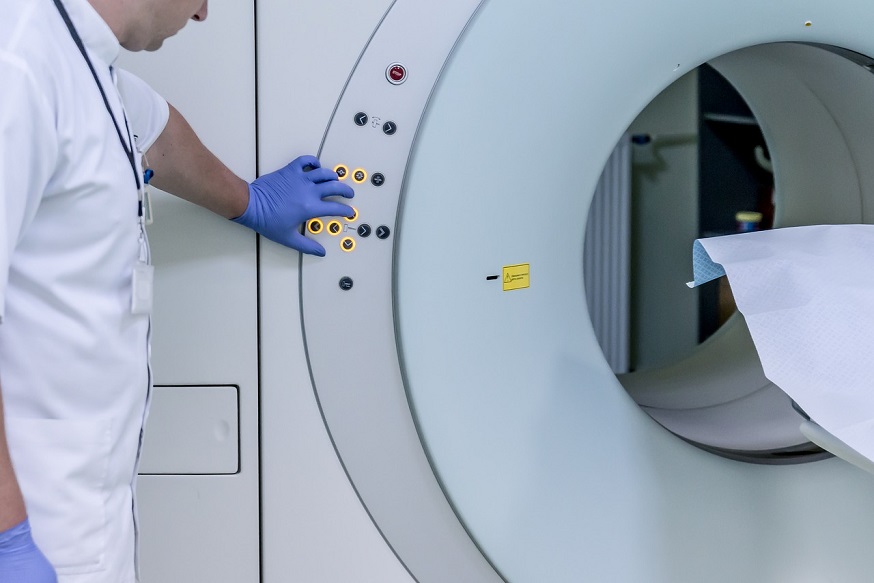A NEW generation of low-cost magnetic resonance imaging (MRI) technology could be developed following a study that has found a way of successfully magnetising molecules found naturally in the human body. The team, based at the University of York, York, UK, believe their method could improve the ability to diagnose and treat a number of diseases, including cancer.
Hyperpolarisation
In their study, the researchers were able to transfer the ‘invisible’ magnetism of parahydrogen into an array of naturally-occurring molecules found in the human body, such as glucose, urea, and pyruvate. Hyperpolarisation of these substances was able to take place without changing their chemical composition, thus preventing them from becoming toxic by using ammonia as a carrier.
Enhanced Visualisation
The researchers believe that these magnetised, non-harmful substances could be visualised after being injected into the body. This detection would be able to occur with smaller and cheaper magnets, or even with the earth’s magnetic field, rather than with a superconducting magnet, due to the hyperpolarisation. If this theory can be put into practice the technique would enable a real-time molecular response to be viewed, and regular and repeated scans would be possible because of its low-cost and non-toxic nature, ultimately enhancing the ability to monitor and personalise treatments, leading to better patient outcomes.
“In theory, it would provide an imaging technique that could be used in the operating theatre,” commented Prof Simon Duckett, University of York. “For example, when a surgeon extracts a brain tumour from a patient they aim to remove all the cancerous tissue while at the same time removing as little healthy tissue as possible. This technique could allow them to accurately visualise cancerous tissue at a far greater depth there and then.”
Improvements to Current Technologies
Current MRI technologies are not very efficient, with just 1 in every 200,000 molecules being detected by a typical hospital scanner, making it difficult to create a full picture of what’s happening in the body. Improved scanners are currently being trialled in various countries but remain bulky and expensive to purchase. This new method, without the need for a superconducting magnet, could provide an efficient and cost-effective solution, which researchers believe could also bring MRI to developing countries which have problems operating current scanners.
James Coker, Reporter
For the source, and further information on the study, click here.








